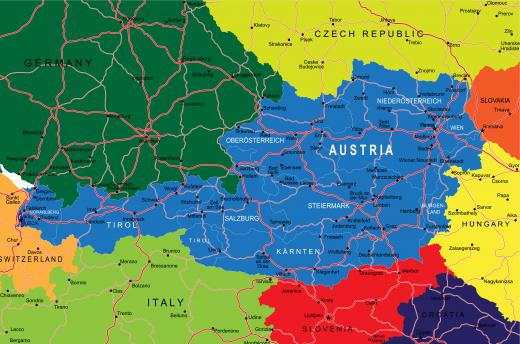What is the Shortest Interval of Time Ever Measured?
 Michael Anissimov
Michael Anissimov
The shortest interval of time ever measured is 100 attoseconds (as), a billion billionths of a second. The measurement was achieved by a research team led by Professor Ferenc Krausz, of the Technische Universitat Wien in Austria. The scientists used tomographic imagery to record the state of an electron 100 attoseconds after its departure from the nucleus of an atom. The electron was ejected by pulses of extreme ultraviolet (XUV) laser light. The shorter the wavelength, the more energy you can pack into an electromagnetic beam, and extreme ultraviolet represents a tiny wavelength of only 10nm-100nm, around the size of a large molecule. The only forms of electromagnetic radiation with shorter wavelengths are x-rays, gamma rays, and cosmic rays.
The computer you are using to access this web page probably runs somewhere a little over 1 GHz, or gigahertz, which means it executes about a billion operations per second. The shortest interval of time yet measured, 100 attoseconds, could fit into that one instruction about a billion times. 100 attoseconds is also the amount of time it takes for light to travel about 33 nanometers, and it is no coincidence that the time interval measured is roughly equal to the time it takes light to traverse the wavelength of an extreme ultraviolet wave. Further probing with x-rays or gamma rays could reduce the shortest interval of time measured into the low attoseconds, and maybe even into the zeptoseconds (billion trillionths of a second).

Despite how tiny an interval of time 100 attoseconds is, it is still 28 orders of magnitude above the smallest physically meaningful time length, the Planck time. At that tiny interval of time, quantum fluctuations make it hard to make out any distinct direction of causality. But at 100 attoseconds, atomic interactions are very much stable.
There are some biological processes which occur at very low timescales. For example, the pigments in your eye that detect incoming light respond within about 100 femtoseconds (fs), or about 1,000 times greater than the shortest interval measured. Many quick chemical reactions take place in the femtosecond range. Subatomic events, such as the ejection of the electron from the nucleus as in this experiment, are one of the only observable events that takes place on such short timescales.
AS FEATURED ON:
AS FEATURED ON:











Discuss this Article
Post your comments